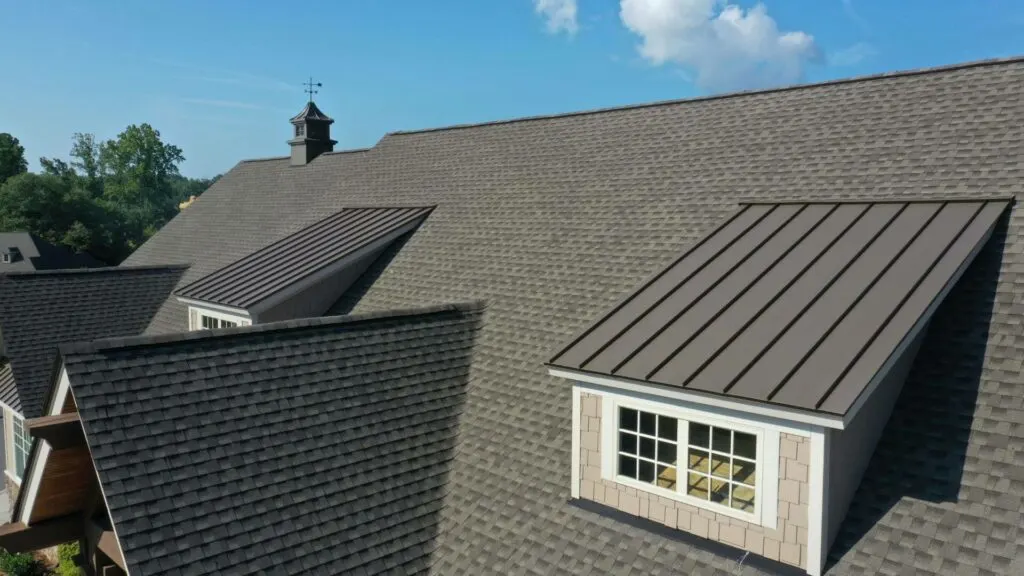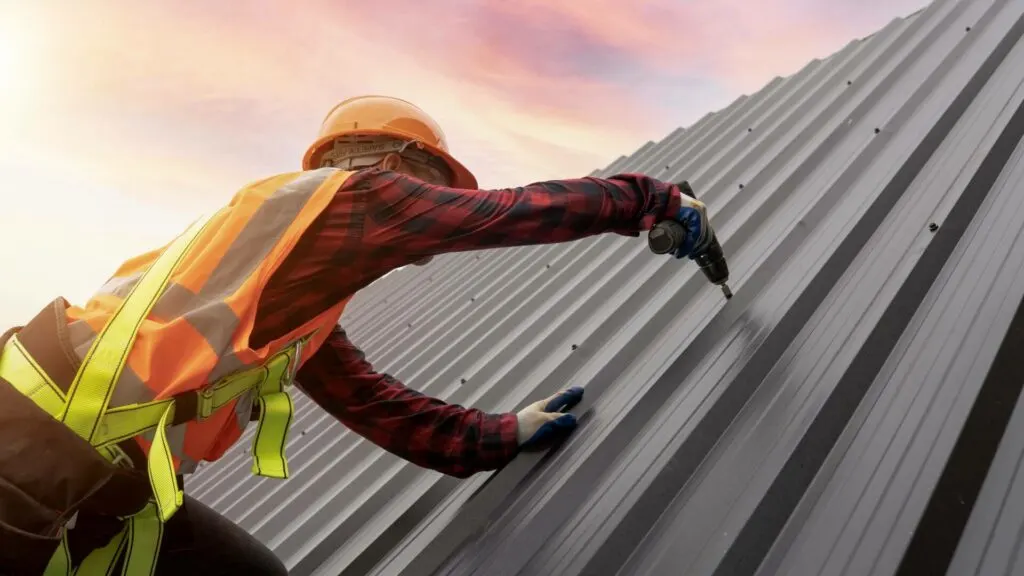Your home’s roof is its first line of defense against the elements. It shields you, your family, and your possessions from rain, snow, wind, and the sun’s harsh rays. Over time, your roof can develop issues that, if ignored, may lead to costly repairs or a complete replacement. Recognizing and addressing these problems early is crucial to maintaining the integrity of your roof. This comprehensive guide will explore common roof problems that should not be overlooked, how to identify them, and what steps to take to prevent further damage.

Roof Leaks and Poor Ventilation
Roof leaks can be caused by many factors, including damaged shingles, cracked flashing, clogged gutters, and poor sealing around roof penetrations (such as chimneys or vents). Ignoring roof leaks can lead to structural damage, insulation issues, and mold growth. Prolonged exposure to water can weaken the roof’s supporting structure and create a costly repair situation. Seasoned permanent roofing system providers suggest investing in a standing seam metal roofing system, which offers superior durability and leak resistance. However, if you’ve noticed signs of roof leaks, addressing them promptly is essential.
Proper roof ventilation is crucial for maintaining consistent indoor temperatures, reducing energy costs, and preventing moisture buildup in the attic. Poor ventilation can lead to increased heating and cooling costs. If your attic becomes extremely hot, it may indicate inadequate ventilation. Inadequate ventilation can result in higher energy bills, reduced roof lifespan, and potential structural damage. Addressing ventilation issues via a professional ventilation service can improve your home’s energy efficiency.
Missing or Damaged Shingles
Shingles are the individual overlapping elements that cover your roof. They come in various materials, including asphalt, wood, metal, and slate, and their primary function is to protect the underlying structure from water and environmental damage. Missing or damaged shingles lead to water leaks, which, if not promptly addressed, can result in structural damage, mold growth, and a compromised roof deck.
Signs of Missing or Damaged Shingles
- Bare Spots: Visible spots where shingles are missing or have worn away.
- Curling or Buckling: Shingles that are no longer flat or have lifted at the edges.
- Granule Loss: Finding granules from the shingles in your gutters or downspouts.
- Water Stains on the Ceiling: Interior water stains may indicate that water has penetrated through damaged shingles.
Clogged Gutters
Gutters play a vital role in channeling rainwater away from your roof and the foundation of your home. When functioning correctly, they prevent water from pooling on the roof or seeping into the building. Observe whether, during rain, water spills over the sides of the gutters or look for gutters that are visibly pulling away from the roof. Also, be mindful of plants and grass growing in the gutters and birds or rodents building nests in clogged gutters. Clogged gutters can lead to roof leaks and even damage to your home’s foundation. The weight of debris in gutters can cause them to detach from the roofline.
Damaged Flashing
Flashing is a material (typically metal) used to seal and protect roof transitions and penetrations, such as around chimneys, vents, skylights, and roof edges. It prevents water from infiltrating the roof. Damaged or improperly sealed flashing can allow water to enter the roof structure, leading to leaks and water damage in your home’s interior. It’s essential to maintain flashing to preserve your roof’s integrity.
Signs of Damaged Flashing
- Visible Gaps or Tears: Gaps or tears in the flashing material.
- Loose Flashing: Flashing that has become detached or lifted.
Sagging Roof
Roof sagging can be attributed to various factors, such as inadequate structural support, water damage, or the accumulation of heavy snow or debris. A visible sag or a noticeable dip or bow in the roof’s surface is a primary sign of a sagging roof. A roof that appears uneven or out of alignment or cracks in interior walls or ceilings may indicate structural issues. A sagging roof poses a significant risk to your home’s structural integrity. It can lead to further structural damage, including compromised walls and ceilings. Addressing this issue promptly is critical.
Mold or Algae Growth
Mold and algae can develop on roofs in damp or shaded environments. They can spread quickly and create unsightly discolorations. Visible dark streaks or stains on the roof’s surface or patches of green or black growth are some signs of mold or algae growth. Mold or algae growth on the roof can damage shingles, wood rot, and the deterioration of the roof’s protective surface. It’s not just an aesthetic concern; it can impact your roof’s functionality.

Ignoring roof problems can lead to costly repairs and damage to your home’s interior. Recognizing the signs of missing or damaged shingles, roof leaks, clogged gutters, damaged flashing, a sagging roof, mold or algae growth, and poor ventilation is essential to maintaining your roof’s integrity. Regular inspections, prompt repairs, and preventive measures can help you avoid significant roofing issues and extend the lifespan of your roof. Invest in the care and maintenance of your roof to protect your home and investment.

Jessi is the creative mind behind The Coffee Mom, a popular blog that combines parenting advice, travel tips, and a love for all things Disney. As a trusted Disney influencer and passionate storyteller, Jessi’s authentic insights and relatable content resonate with readers worldwide.
